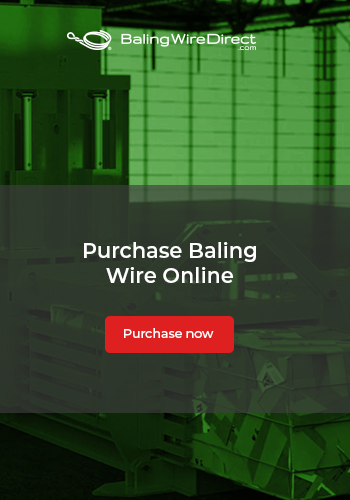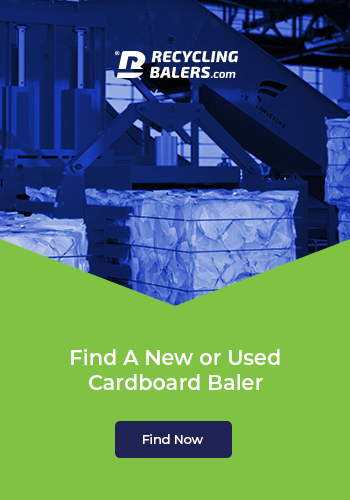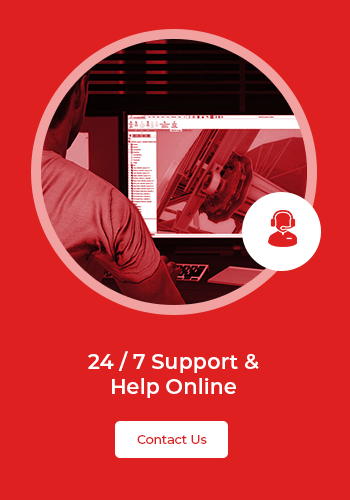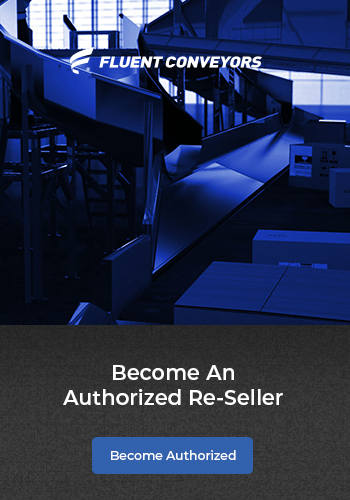How to Avoid Damage to Your Conveyor
Whether your conveyor is a used model or a brand-new and custom-fitted one, there are always going to be weak spots and moments at which your conveyor could fail or break. This is not because the conveyor – which is built to last for years – is defective, but because of a certain lack of oversight on the part of the owner. In this piece, we aim to encourage responsible and smart oversight of your conveyor, enabling you to make wise decisions about its use and avoid damage to your machine at all times.
Training Staff
Your staff members – the ones who will frequently come into contact with your conveyors – are your first line of defense against breakages. But they’re also the people who are most likely to damage your conveyors. As such, they need training to ensure that they’re always operating machinery responsibly within your firm – and that they know when to spot an issue with your conveyors. You need to show them:
· How to emergency stop conveyors if there’s a hazard or a blockage on the belt
· What to look out for on the conveyor if they’re checking it for maintenance requirements
· How to use the conveyor, and what not to do to the conveyor when it’s in motion
· The warning signs that your conveyor isn’t operating as it should do
All of these training elements should come be delivered by your foreman or facility leader, who will assume the ultimate responsibility for the safe operation of your conveyors.
Overloading
While a conveyor can maintain a very heavy load indeed, it’s not infallible. All conveyors are sold with a manual that determines the maximal load capacity, as well as other thresholds that should not be exceeded. If exceeded, the load on a conveyor can cause a number of issues with the mechanism and with the belt itself.
There’s a simple solution to this kind of potential damage: make sure you have a system in place that makes it impossible to overload your conveyor. It’s simply not worth pushing your luck with the load if you’re unable to guarantee it won’t break your expensive machine.
Regular Inspections
As with all of the other machines in your facility, your conveyor needs to be inspected regularly in order for small, localized issues to be discovered before they get worse. Ordinarily, a facility will have a maintenance man perform this task regularly. This individual should look out for:
· New rattles or vibrations along the course of the conveyor, which may indicate an issue developing
· The electrics and the motor of the machine, which need to be in good shape in order for the conveyor to continue working
· The different settings of the conveyor, which should respond instantly to changes
With regular inspections finding the issues that might cause damage to your conveyor over time, it’s likely that you’ll be able to make small and minor repairs that’ll prevent larger malfunctions in the future.
Use these tips to keep your conveyor in good working shape in the months and years to come, enhancing its reliability in your facility.



